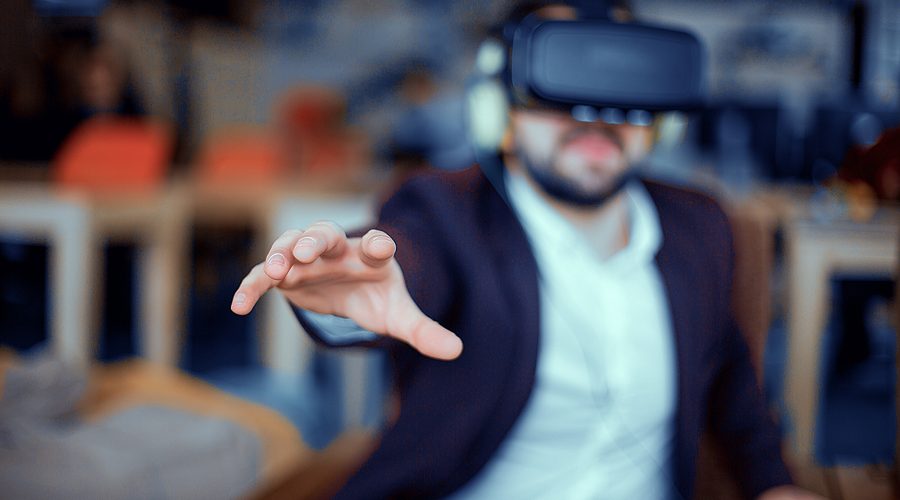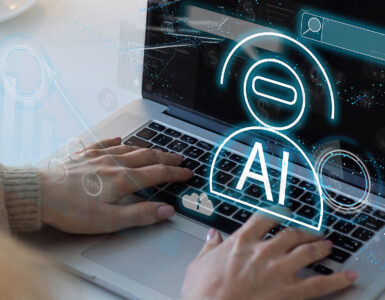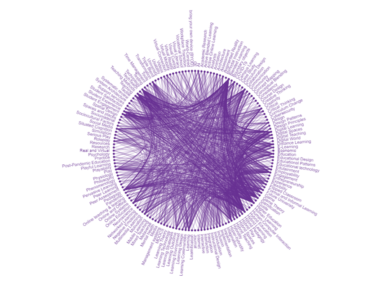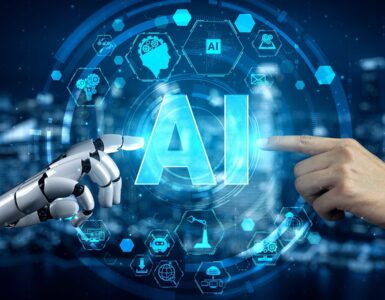In the first article of this series on learning and training in virtual reality, I demonstrated the affordances of learning in virtual reality. VR brings some unprecedented learning opportunities in which students can engage. In this article I focus on the other part of learning, maybe the most important part in instruction: the teacher. Often teachers find it hard to monitor students’ progress and actual performance. Especially in highly diversified
classrooms where all students work on their own project and at their own pace.
Virtual reality now combines the best of e-learning with some distinct features of VR
technology, providing the teacher with powerful learning analytics by which the teacher gets
a clear view of each student’s performance on a diverse array of subjects. These learning analytics are the traces the students leave behind when engaging with the e-learning
program. These traces generate a lot of data which are mostly gathered in some sort of a
learning management system.
Let’s start with the characteristics virtual reality shares with e-learning. The most obvious
way e-sytems track a student’s progress is by providing the student with quizzes in which the student is urged to answer questions testing his mastery of the subject. There is a lot more however. All e-learning programs can track how long and how many times a student engages with the e-learning content. We know that the duration, and even more so, the frequency with which a student engages with the content to be studied, tells us something about motivation and persistence to learn, in a view of self-regulated learning as explained by Zimmerman. Expanding on this frequency, e-systems can track every element which has been clicked on. This is particularly valuable when teachers want to know whether students make use of the supportive or extra-curricular materials provided. Expanding even further, it is valuable to keep track of how many times students ask for help. Help-seeking is, apart from the already mentioned engagement and use of supportive materials, another characteristic of self-regulation.
These tracking features virtual reality technology shares with more traditional form of elearning. However, there are some distinct features e-programs do not hold. First, virtual
reality experiences allow for tracking what students look at. This feature gives a unique view on how students engage with the content and on what they focus.. Traditional e-learning
programs need eye-tracking devices as an add-on. Some VR headsets, such as HTC Vive Pro Eye and Valve Index, however have built-in eye-tracking features.

A more affordable way of tracking focus is, working with so-called heat zones or hot spots.
These predefined areas of interest are specific elements a student should focus on. An
example: VRkeer is a virtual reality serious game to teach children how to ride a bicycle
safely in traffic. In real life this is very hard for a teacher, since it is an organisational nightmare: some exercises cannot be trained due to danger (e.g. the dead spot) and
teachers find it very difficult to get a clear view of the student’s performance. VRkeer has
integrated heat zones in every exercise.
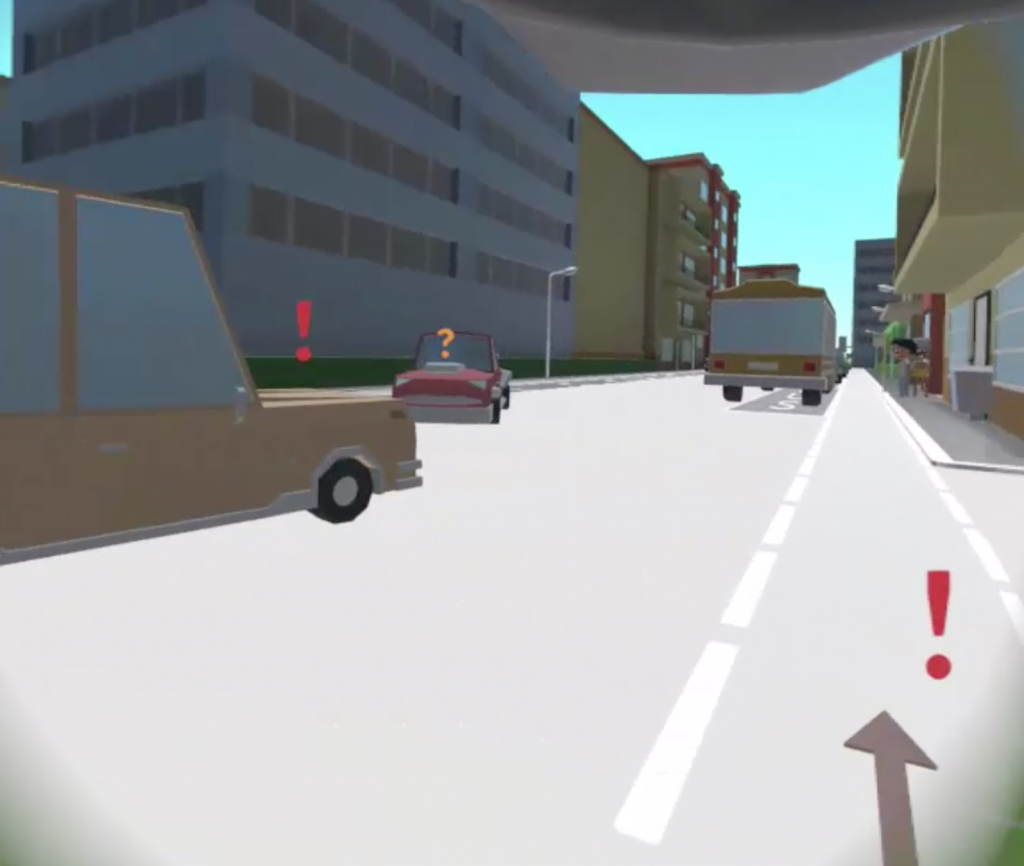
In this way, the teacher can check in detail all elements the student did engage with or not. All the traces are stored in a dashboard, providing the teacher with a clear view on each
student’s performance.
A second valuable characteristic of VR technology is the element of distraction. In traditional
e-learning programs a student can start a tutorial video but open another browser tab and browse for other content or check social media on the smartphone. In other words, although
we can track whether, how long and how many times a student engages with specific
content, we cannot know for sure they are actually engaging with these materials. This
however is not the case in virtual reality: students are not distracted while learning and we
see in some studies that students report higher attention and focus. Of course, this is only true given that the virtual reality experience has been well-designed, according to evidence-informed design principles. This will part of the next article
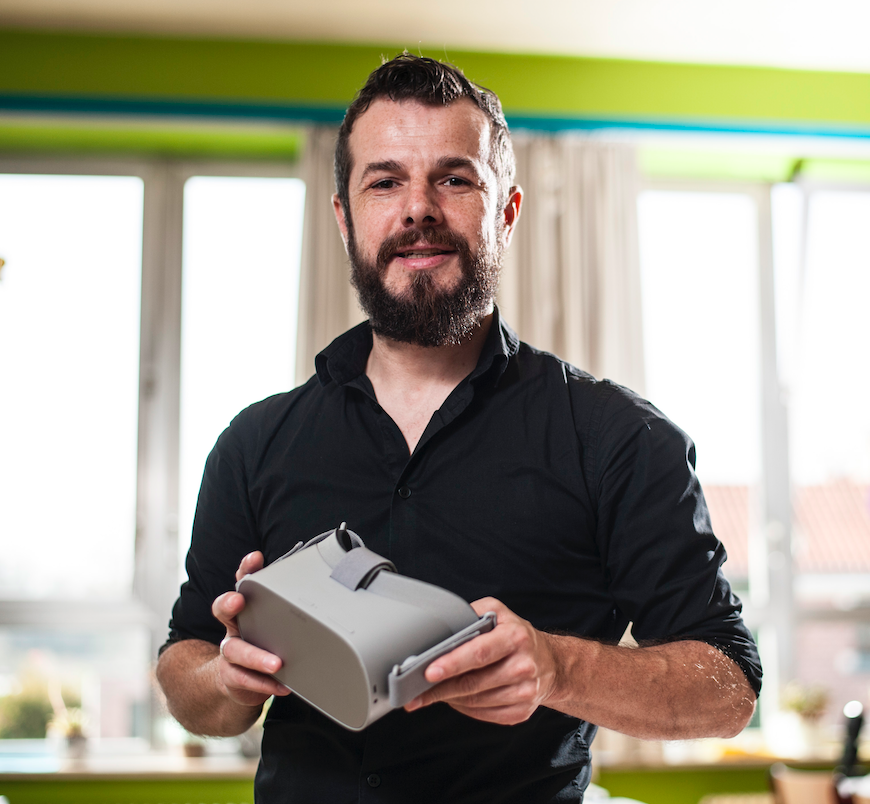
Author
Carl Boel, PhD-researcher Learning in Virtual Reality (Ghent University + Thomas More University of Applied Sciences), founder of Virtual Learning is Reality and project lead of VRkeer

